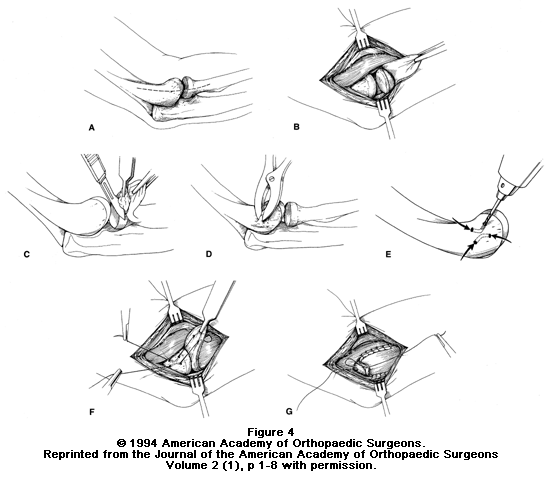Meniscus tears occur on the C-shaped disc that supports and cushions the knee. When this structure is damaged or torn, there may be pain, swelling, stiffness, and limited range of motion. Twisting or turning incorrectly can bring on a meniscus tear or injury. Knee arthroscopy is a safe procedure the orthopedic specialist may perform to resect or repair a meniscus tear and diagnose the extent of the injury to the knee.
What is a Meniscus Tear?
The meniscus is a rubbery, C-shaped disc that supports and cushions the knee. Injury to this part of the knee is common. There are two menisci in each knee. One is at the outer, or lateral side of the knee and the other is at the inner, or medial, side. These structures keep the knee steady by allowing for balance of weight across the knee. If one of these menisci is torn, the knee does not function properly and the torn meniscus can scuff and damage the surfaces of the knee resulting in arthritis.
What are the symptoms of a Meniscus Tear?
The symptoms associated with meniscus tears vary greatly depending on the severity. Minor tears may result in slight pain and swelling. If there are no mechanical symptoms, such as catching or locking, these tears may resolve on their own in around 2 or 3 weeks. More moderate tears can lead to pain at the side and back of the knee. The swelling of a moderate tear slowly gets worse over a 2 or 3 day period.
The knee will feel stiff with this type of injury and there will be limitations to how far the knee can be bent. The symptoms may go away after a week or two but can come back anytime there is re-injury or overuse of the knee. The pain of a moderate tear could go on for years if the tear is not treated properly.
The third type of tear is a severe tear. With these, pieces of the meniscus are torn and can displace into the joint space. This will make the knee pop, catch or lock without notice. It will be difficult to straighten the knee as well. The knee may be described as “wobbly” and give way without any warning. Most people who suffer a severe tear have pain, swelling, and stiffness immediately following the injury and it gets worse over the next few days.
What is the Cause of a Meniscus Tear?
Twisting or turning quickly can lead to a meniscus tear. Oftentimes, the foot is planted while the knee is bent. These types of tears occur when the person is lifting something really heavy or playing sports. As people get older, the likelihood of meniscus wear and tear increases.
How is a Meniscus Tear Diagnosed?
Most of the time, the orthopedic specialist inquires with the patient regarding past injuries and accidents. The doctor will also perform a physical examination to help find out if the meniscus is torn and causes pain. Testing may involve X-Rays and/or an MRI so the doctor can see if the meniscus is torn and how serious the injury actually is.
How is a Meniscus Tear Treated?
The orthopedic specialist will treat the tear based on the severity of symptoms, where the tear is located, how serious the tear is, your age, and how active you are. Treatment could involve rest, ice therapy, non-steroidal anti-inflammatories, elastic bandage wrapping, and elevating the leg up on pillows. The doctor may order physical therapy, too.
Sometimes, surgery is necessary to repair the meniscus or remove parts of the torn tissue. Surgical repair is usually the best choice for younger people who need to continue working and participating in sports.
What is Knee Arthroscopy?
Knee arthroscopy is one of the most commonly performed surgical interventions for repair of the meniscus. The orthopedic specialist inserts a small lens into the knee area through a tiny incision that is hooked up to a sterile camera and light source. This allows him a clear view of inside of the knee. Then, the doctor can use miniature surgical instruments to trim and repair the meniscus tear.
After the surgery, the doctor may put a brace on the knee to allow it to be immobilized to heal if the meniscus tear has been repaired rather than removed. If the tear is removed, patients generally are able to fully weight bear immediately following surgery. If necessary, a prescribed rehabilitation program will help you get back on your feet after the procedure.

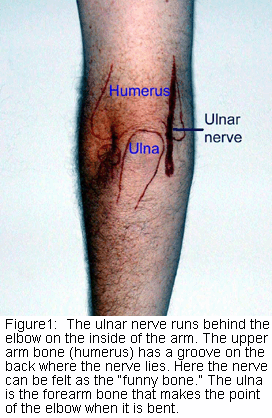 Description
Description 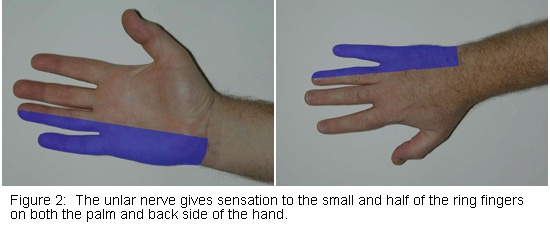
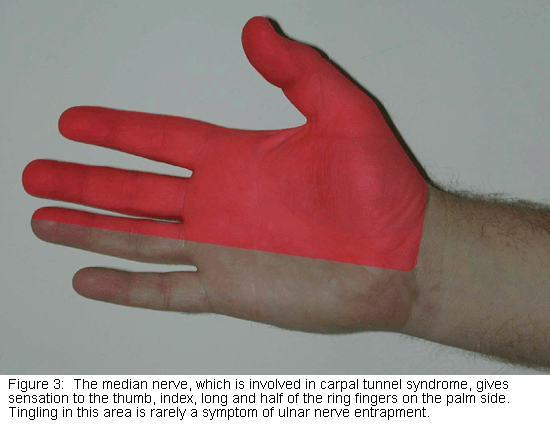
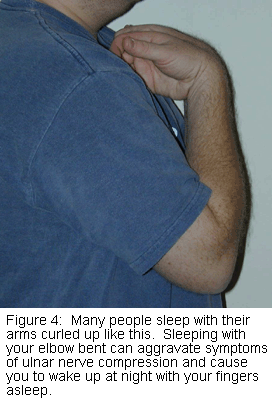 Treatment Options
Treatment Options 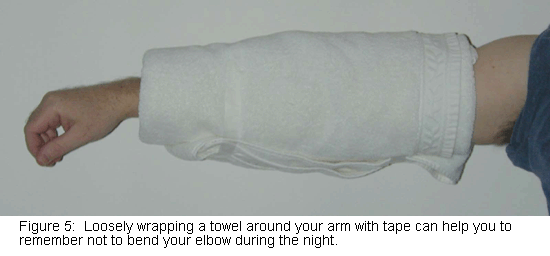
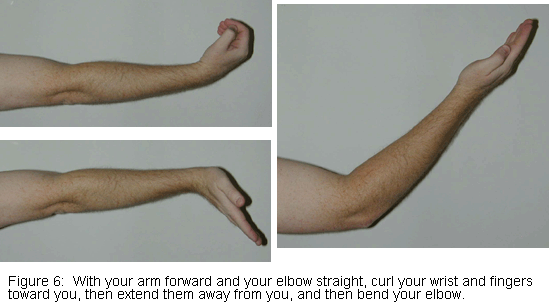
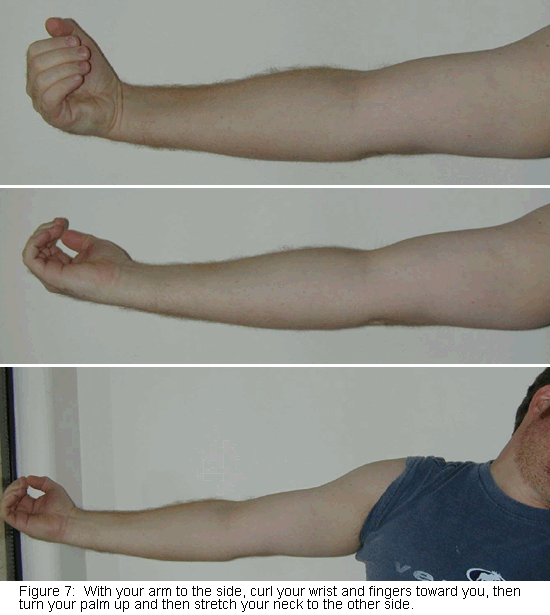
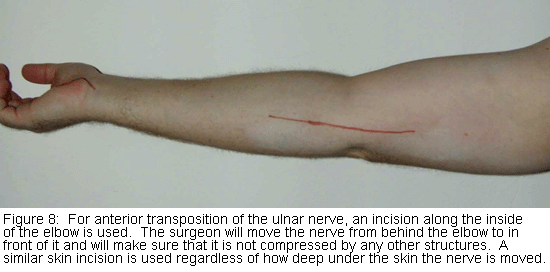
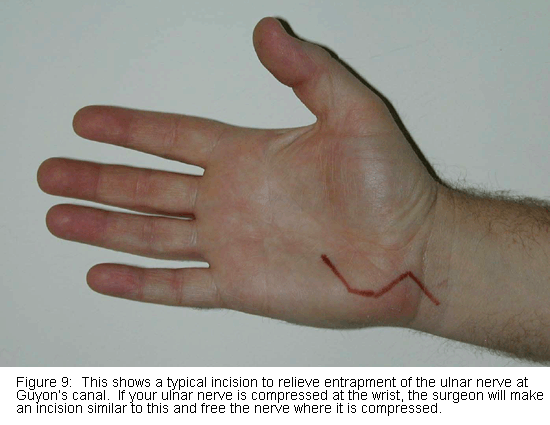
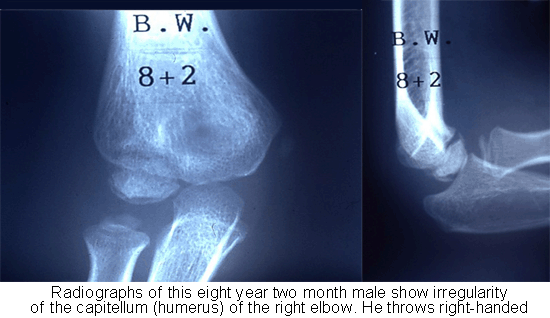
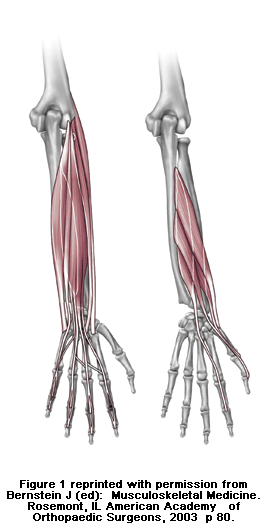 Description
Description 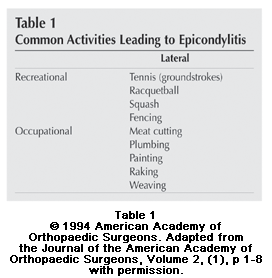 X-rays are not necessary. Rarely, MRI (magnetic resonance imaging) scans may be used to show changes in the tendon at the site of attachment onto the bone.
X-rays are not necessary. Rarely, MRI (magnetic resonance imaging) scans may be used to show changes in the tendon at the site of attachment onto the bone.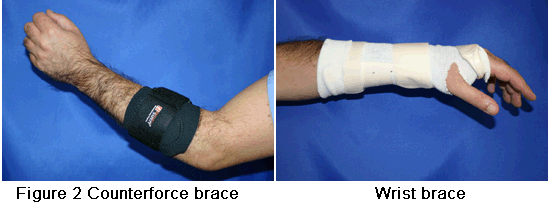
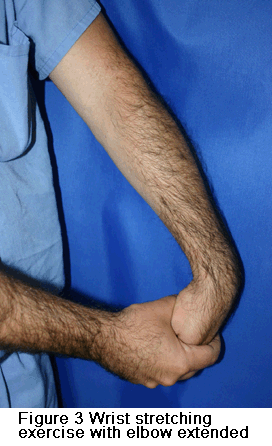 After pain is relieved, the next phase of treatment starts. Modifying activities can help make sure that symptoms do not come back. The doctor may want you to do physical therapy. This may include stretching and range of motion exercises and gradual strengthening of the affected muscles and tendons (see Figure 3). Physical therapy can help complete recovery and give you back a painless and normally functioning elbow. Nonoperative treatment is successful in approximately 85 percent to 90 percent of patients with tennis elbow.
After pain is relieved, the next phase of treatment starts. Modifying activities can help make sure that symptoms do not come back. The doctor may want you to do physical therapy. This may include stretching and range of motion exercises and gradual strengthening of the affected muscles and tendons (see Figure 3). Physical therapy can help complete recovery and give you back a painless and normally functioning elbow. Nonoperative treatment is successful in approximately 85 percent to 90 percent of patients with tennis elbow.